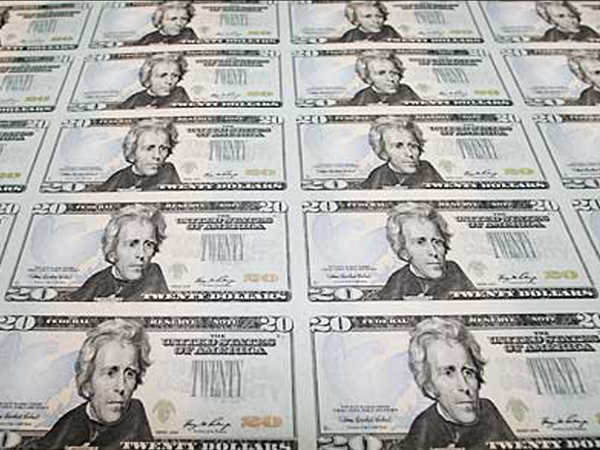GIR to reach record high in 2014
The country’s dollar reserves are expected to hit a fresh record high next year despite the expectation of the flight of foreign capital from emerging markets like the Philippines, the Bangko Sentral ng Pilipinas (BSP) said.
BSP Governor Amando M. Tetangco Jr. said the continued buildup of the country’s gross international reserves (GIR), which serve as the economy’s last line of defense from external shocks, would be driven by robust foreign exchange income from various sources.
The BSP expects its foreign exchange reserves to reach $85 billion by the end of 2013—the highest yearend total in the country’s history. This would be more than the $83.3 billion at the end of 2012, but just equal the $85.27 billion that was reached in January of this year.
Tetangco noted that the country’s reserves could also be hit by changes in the value of gold and the US dollar relative to other currencies.
“But because of revaluation effects that aren’t captured in the balance of payments (BOP), my own expectation for GIR is that it will fall to between $83 billion and 84 billion,” Tetangco said.
He added that the expected level of reserves by the end of the year would still be enough to cover about a year’s worth of the country’s needed imports of goods and services—significantly higher than international standards.
By next year, Tetangco said the country’s reserves should reach a record high of $88 billion, before revaluation changes.
Once the changes in the value of certain assets in the GIR are taken into account, Tetangco said the country’s reserves might settle between $86 billion and $87 billion—both still record highs.
An ample level of reserves serves as buffer to protect the economy from external shocks that can lead to a shortage of foreign exchange that the country needs. Should the country undergo a so-called balance of payments (BOP) crisis, as it did during the 1997 Asian financial crisis, the BSP can choose to release dollars through the country’s local banks.
These dollars can pay for imported goods and services as well as repay foreign obligations.
The Philippines is expected to post a BOP surplus of $5.4 billion this year, the equivalent of about 1.9 percent of gross domestic product. The BOP is the summary of the amount of foreign exchange that enters the country, less the foreign exchange that goes out.
Sources of foreign exchange include trade with other countries, remittances from migrant workers and revenue from various industries like business process outsourcing and tourism.

